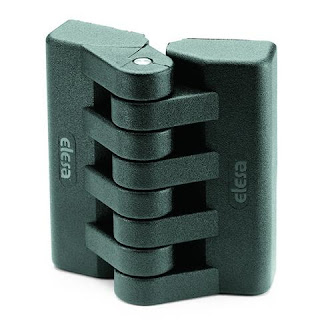13.Practical introduction to toots and accessories of engineering section

Pillar Drill Introduction_ There are two types of machine drill, the bench drill and the pillar drill. The bench drill is used for drilling holes through materials including a range of woods, plastics and metals. It is normally bolted to a bench so that it cannot be pushed over and that larger pieces of material can be drilled safely. The larger version of the machine drill is called the pillar drill. This has a long column which stands on the floor. This can do exactly the same work as the bench drill but because of its larger size it is capable of being used to drill larger pieces of materials and produce larger holes. Safety_ 1. Always use the guard. 2. Wear goggles when drilling materials. 3. Clamp the materials down or use a machine vice. 4. Never hold materials by hand while drilling. 5. Always allow the ‘chippings’ to clear the drill by drilling a small amount at a time. 6. Follow all teacher instructions carefully. Cost_ 15000rs Bending M...










